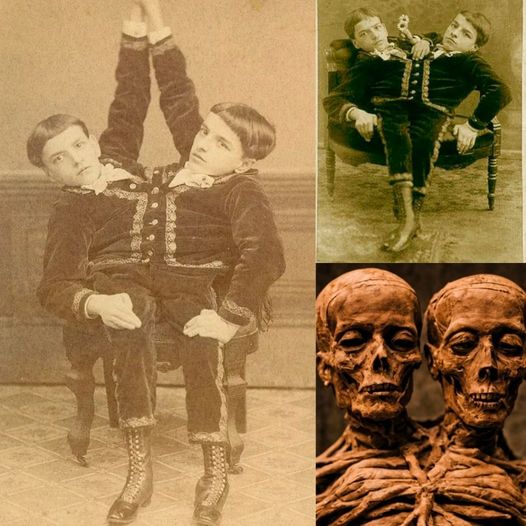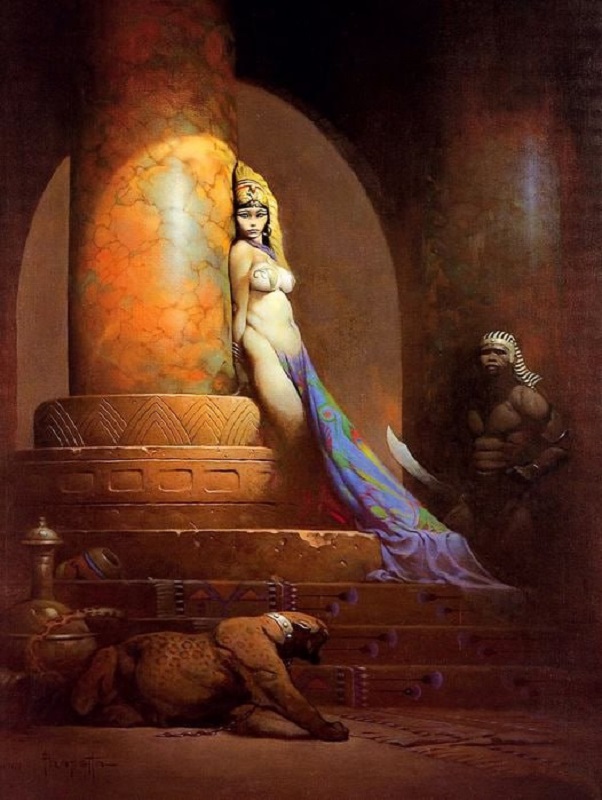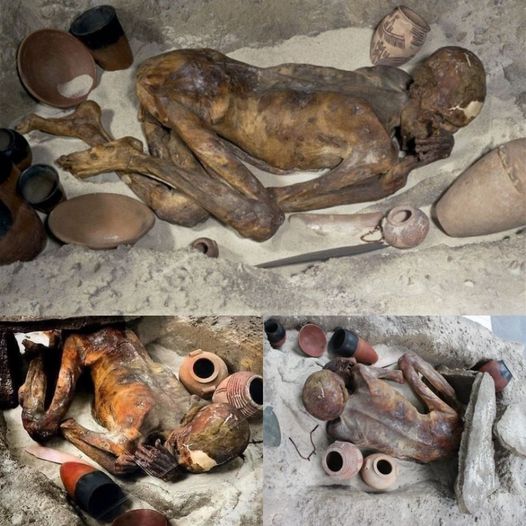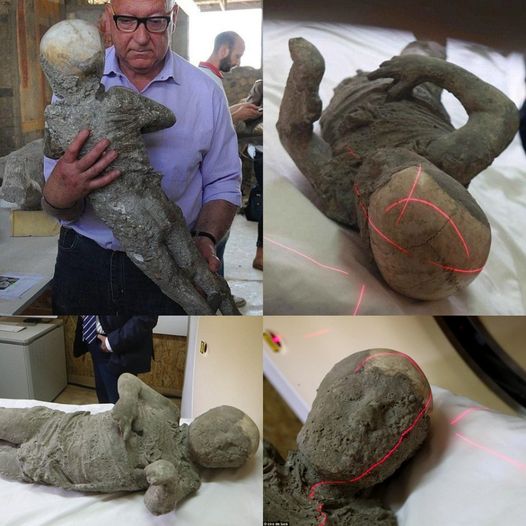In the realm of ancient artifacts, few discoveries evoke the awe and wonder of the treasures unearthed from the tomb of Tutankhamun. Among these remarkable finds lies a piece that transcends time itself: the Back of a Chair, crafted from cedarwood during the New Kingdom period (circa 1370-52 BC). This relic offers a tantalizing glimpse into the beliefs and artistic prowess of ancient Egypt, particularly through its depiction of the spirit of millions of years. Join me on a journey through the corridors of history as we unravel the mysteries surrounding this extraordinary artifact.
The Enigmatic Depiction:
As we delve into the body of the chair, we encounter a mesmerizing portrayal of the spirit of millions of years. This enigmatic figure, adorned with the regalia of ancient Egyptian deities, captivates the imagination with its serene yet powerful presence. The intricacy of the carving, painstakingly etched into the rich cedarwood, speaks volumes about the skill and reverence of the artisans who crafted it. Each detail, from the delicate hieroglyphs to the graceful curves of the figure's form, whispers secrets of a civilization steeped in mysticism and reverence for the divine.

Unraveling Symbolism:
Beyond its aesthetic allure, the Back of a Chair serves as a portal to the spiritual beliefs of ancient Egypt. The depiction of the spirit of millions of years embodies the concept of eternal life, a cornerstone of Egyptian cosmology. Through art and symbolism, the ancient Egyptians sought to ensure the perpetual existence of the deceased in the afterlife, navigating the realms of the divine with reverence and devotion. As we ponder the significance of this representation, we are reminded of the enduring quest for immortality that transcends cultural boundaries and echoes through the annals of history.
Legacy of Tutankhamun:
The discovery of Tutankhamun's tomb in 1922 by Howard Carter sent shockwaves through the world of archaeology, unveiling a treasure trove of unparalleled riches and historical significance. The Back of a Chair stands as a testament to the enduring legacy of this young pharaoh, whose reign may have been brief, but whose impact on the study of ancient Egypt continues to reverberate to this day. Through artifacts such as this, we are granted glimpses into the lives and beliefs of those who walked the sands of Egypt millennia ago, enriching our understanding of human history and cultural evolution.
The Meaning and Benefits of Archaeology:
As we marvel at the wonders of ancient Egypt showcased in artifacts like the Back of a Chair, we are reminded of the profound importance of archaeology in our quest to understand the past. Beyond mere curiosity, archaeology offers invaluable insights into the origins of human civilization, shedding light on our shared heritage and the diversity of cultures that have flourished throughout history. By excavating and preserving artifacts, archaeologists ensure that the voices of the past are not lost to the sands of time, enabling us to connect with our ancestors and glean wisdom from their experiences. In this way, archaeology serves as a bridge between the past, present, and future, fostering a deeper appreciation for the rich tapestry of human history and inspiring curiosity and wonder in generations to come.

As we conclude our exploration of the Back of a Chair from the tomb of Tutankhamun, we are left with a profound sense of awe and reverence for the ancient civilizations that have shaped our world. Through the artistry and symbolism of this remarkable artifact, we glimpse the timeless quest for meaning and immortality that transcends the boundaries of time and space. Let us continue to cherish and preserve the treasures of our shared heritage, honoring the legacy of those who came before us and enriching our understanding of the human journey through the ages.






